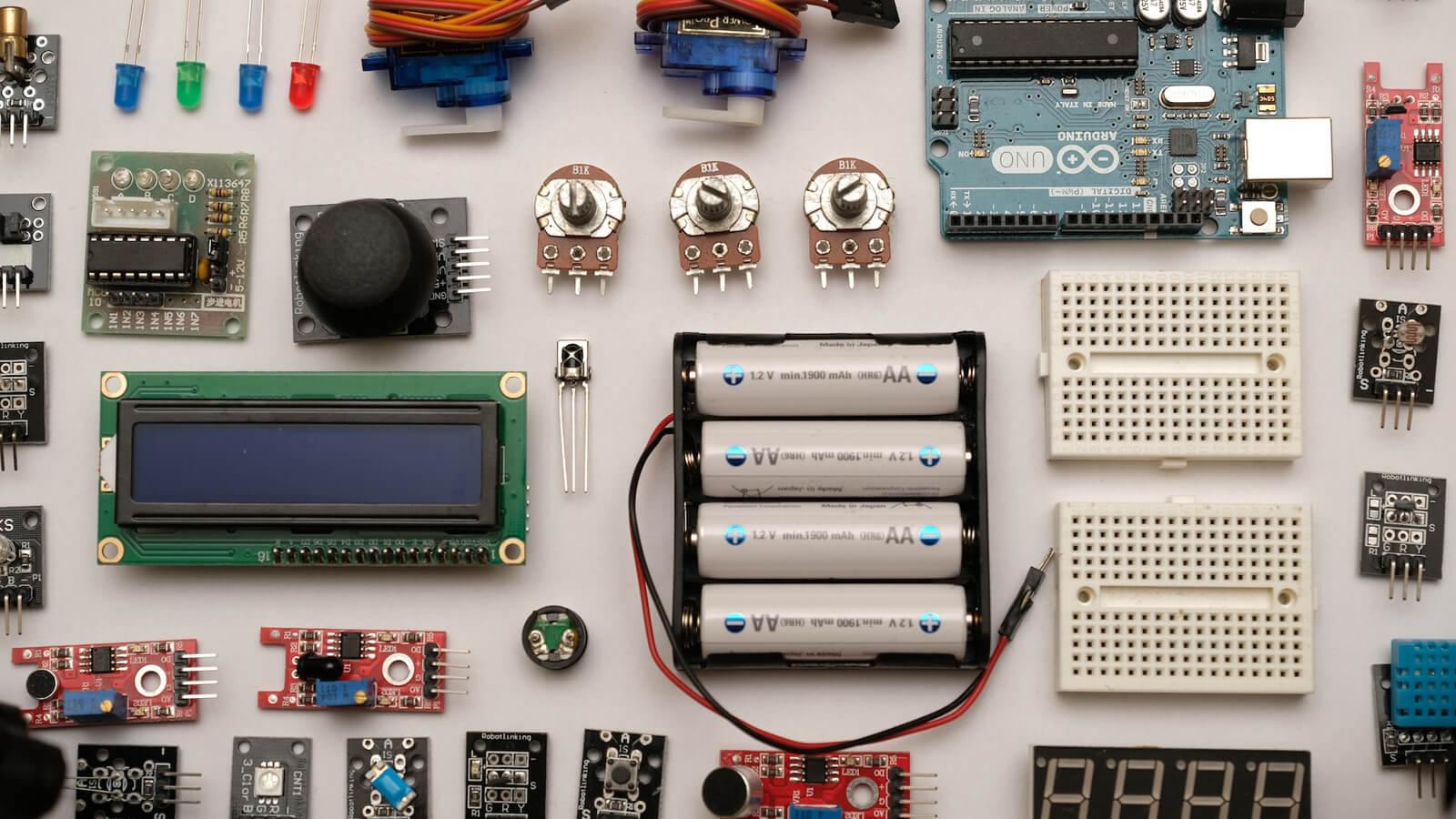
How a hall sensor works
Hall sensors have gained remarkable popularity in both household and industrial devices — it’s hard to imagine controlling many technological processes without them. Thanks to their simple construction, they are durable and reliable while offering high measurement accuracy. Interestingly, the first experiments with these sensors date back to 1879, when Edwin Herbert Hall studied how a gold foil behaves in a magnetic field. However, the real breakthrough came in the mid-20th century with the introduction of semiconductors. The development of new materials and manufacturing technologies paved the way for mass production at a price point acceptable to the industry. Today, Hall sensors are widely available as complete, ready-to-use units, with manufacturers ensuring precise calibration before they reach the market.
How a hall sensor works
The Hall effect refers to the phenomenon where a voltage is generated in a material conducting electric current when placed in a magnetic field. If the magnetic flux vector strikes the sensor surface perpendicularly, the voltage reaches its maximum. Its value can be calculated as the product of magnetic induction and the magnetic sensitivity of the material. If the magnetic flux hits at an angle, the voltage will depend on the sine of that angle. However, the generation of this voltage requires a circuit that can measure and process it. Some sensor models are integrated with additional circuits such as voltmeters, amplifiers, or converters. Others are sold as complete devices, with the necessary accessories provided by the manufacturer. The wide variety of these sensors makes it easy to choose the right one for specific applications.
Hall Effect Sensors in practice
Hall sensors are primarily used in industrial applications. While there are many other devices on the market that can measure similar values, they often lack sufficient accuracy or are too costly to operate. Hall-effect sensors are mainly employed to measure magnetic fields and detect the position of objects moving in rotary or linear motion. Importantly, they can be used in both standard devices and applications requiring highly precise measurements. Manufacturers can design and produce these sensors to meet specific requirements — including shape, which also comes in a wide variety. Cross-shaped or rectangular models are ideal for surface or gap measurements, while axial versions are mainly used in various types of holes and cylindrical spaces.
Source:
Tags:
poniedziałek 2020-11-02T18:00:00

